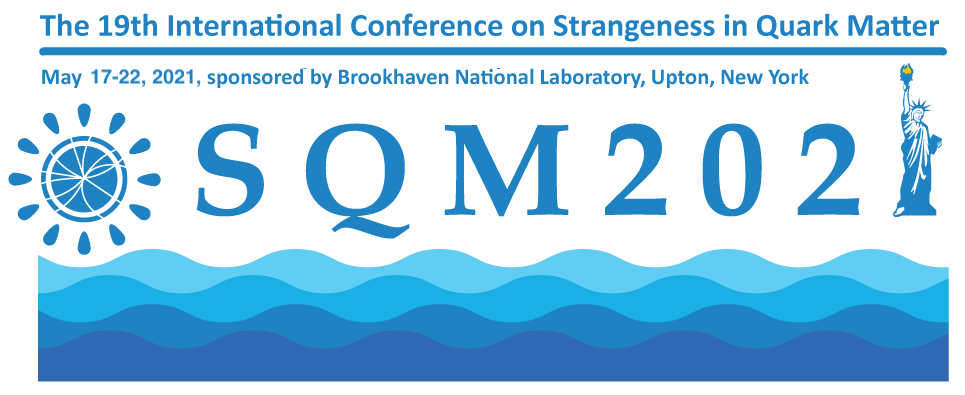Speaker
Description
In a non-central nucleus-nucleus collision, the colliding system carries large orbital angular momentum, part of which remains within the hot dense matter created by the collision. This angular momentum turns into complex fluid vorticity structures in the rapidly expanding bulk fluid and eventually manifests itself through the global spin polarization of produced particles such as hyperons. The STAR Collaboration reported the experimental discovery of this novel phenomenon in 2017. A crucial feature in establishing the interpretation was the predicted beam energy dependence, specifically a strong increase of fluid vorticity (and thus the polarization) when the collision beam energy is decreased from O(100) GeV to O(10) GeV range. In the latest Beam Energy Scan II experiment, these measurements have been pushed toward sub-10-GeV range through e.g. fixed-target collisions. It is an important question of great interest as to whether the trend would continue into such low beam energy range. In this contribution, we report our latest (and perhaps the first systematic) theoretical analysis of the vorticity and polarization in the sub-10-GeV collisions and present predictions for relevant observables. Finally, we comment on the possible implications for strong magnetic fields and related phenomena in such collisions.
